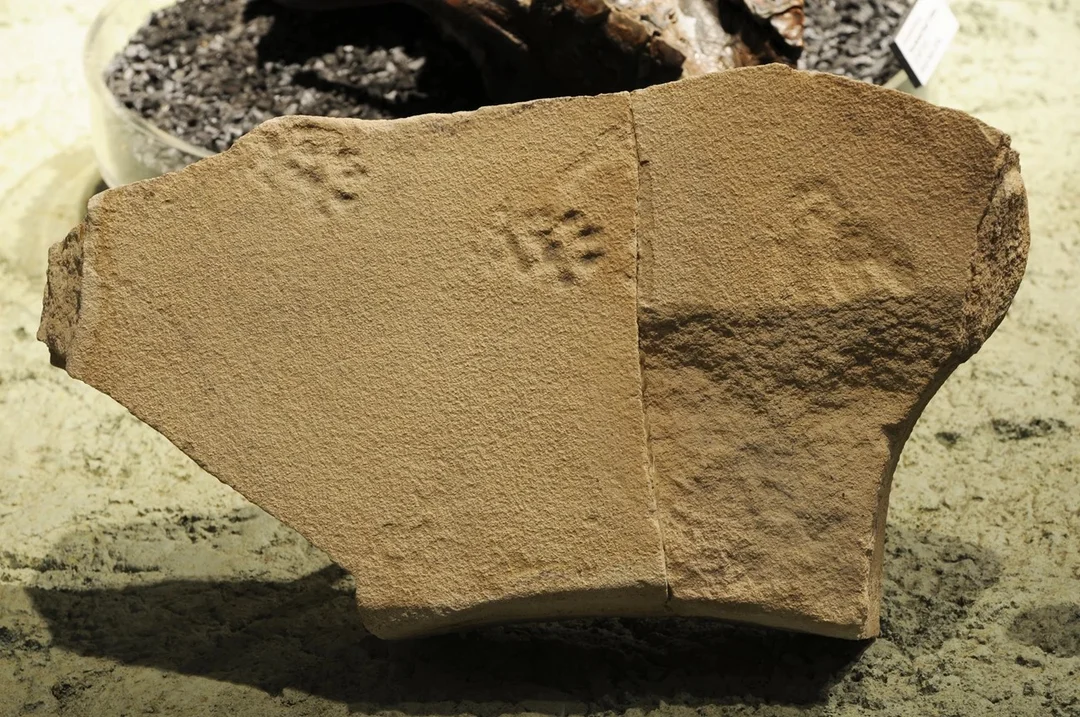
Unearthing Prehistoric Secrets: Fossil Footprints That Bring Ancient Oregon to Life
In an extraordinary paleontological discovery, researchers have unearthed fossilized footprints in central Oregon, dating back almost 50 million years. These findings provide a captivating glimpse into the behaviors of long-extinct creatures that roamed the landscape, bridging the gap between our time and a fascinating prehistoric world.
Located within the John Day Fossil Beds National Monument, these fossilized tracks have unveiled the presence of ancient birds, lizards, and even saber-toothed cats. The discoveries were documented in a recent study published in the journal Palaeontologia Electronica, revealing more than just the existence of these species; they highlight their behaviors and ecosystems.

Using advanced 3D imaging techniques, lead author Conner Bennett and his team analyzed the fossilized footprints, discovering evidence of small shorebirds probing the mud along what was once a vibrant lakeshore. Remarkably, some of these feeding behaviors mirror those of today’s shorebirds. "We can track a feeding behavior over 50 million years. That’s pretty cool,” Bennett remarked, illustrating the continuity of life through eons.
In addition to the bird tracks, the researchers identified footprints likely made by a running lizard, marking one of the few known reptile tracks from this period in North America. The analysis not only confirms the existence of these groups but also enhances our understanding of the ecological dynamics of ancient Oregon.
Approximately 29 million years ago, tracks from a saber-toothed predator were also uncovered, adding depth to the story told by these fossilized records. These clawless paw prints suggest the animal had retractable claws, similar to modern felines, hinting at evolutionary continuities.
As Dr. Nicholas Famoso, paleontology program manager at the monument, observed, these tracks provide a “rare window into ancient ecosystems,” helping to paint a more complete picture of life during the Eocene Epoch.
Fossilized footprints, often overshadowed by more glamorous body fossils like bones, offer invaluable insights into the daily lives of prehistoric fauna. They tell stories of survival, feeding strategies, and environmental interactions, aspects that body fossils sometimes fail to capture.
As we explore these ancient traces, we are reminded of the rich tapestry of life that has unfolded on our planet. The findings raise intriguing questions about the evolution of behaviors over time. What other stories lie hidden in our fossil records waiting to be discovered?
We urge our readers to share their thoughts on this remarkable discovery. What does ancient life mean to you? Join the discussion and let us know in the comments below!